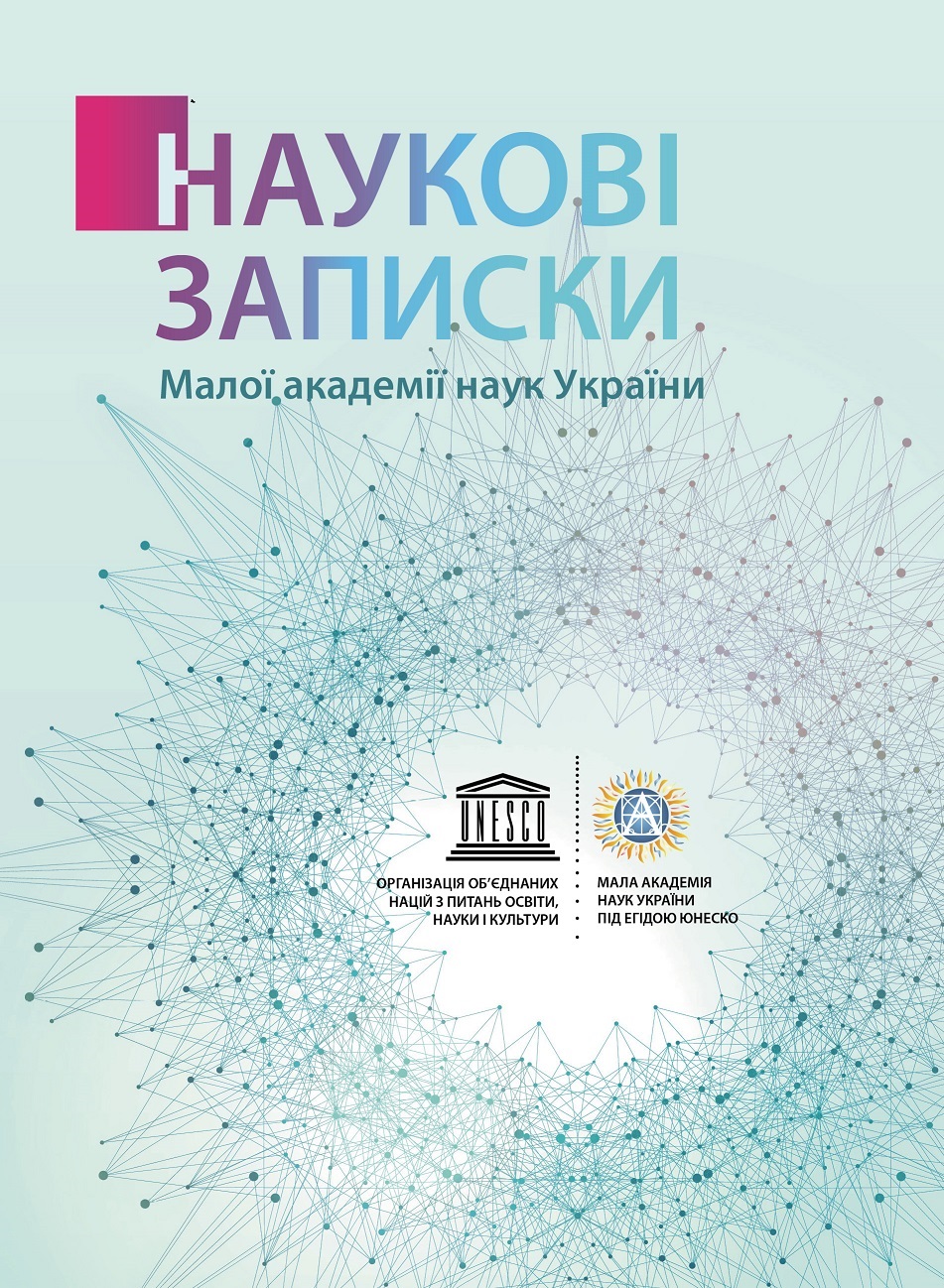THE PRINCIPLES OF ORGANIZING THE SCHOOL MUSEUM OF NATURAL DIRECTION
DOI:
https://doi.org/10.51707/2618-0529-2020-19-04Keywords:
museum pedagogy, children’s museums, school museum, principles: scientific, integration, continuity, clarity, systematicity, dynamism, practicality, humanity, creative approachAbstract
The article briefly outlines the history of development and formation of museum pedagogy as a direction in education and outlines its relationship with culture and art. The main urgent tasks of museum pedagogy are outlined and the main directions in which research is carried out today are identified, including general historical approaches to the development of museum pedagogy, the organization and implementation of museum pedagogical projects, the training of future teachers by means of museum pedagogy, museum pedagogy in the work of educational and extracurricular educational institutions, “museum pedagogy” for students of higher educational institutions, etc. The differences between children’s museums and museums at educational institutions (school museums) from a historical perspective are determined. The main directions of the school museum’s activities are noted, including: excursion, cultural and educational, exposition, search and research. The forms of implementation for certain areas of activity are indicated as being combined into three groups: mass, group, individual. According to the theoretical conclusions, the principles of organizing the school science museum of the natural direction have been established, such as: scientific, integration, continuity, visibility, systematicity, dynamism, practicality, humanity, creativity, etc. It has been established that compliance with certain principles of organizing a school science museum of a natural direction will effectively implement the practice of creating science and educational museums on the basis of formal and non-formal education institutions with the participation of teachers and education seekers. The organization of a school science museum in an educational institution will allow to reveal the artistic and aesthetic, cognitive, scientific, cultural, potential of the individual and will allow to fully perceive the natural and cultural heritage of mankind.
References
Konstantinova, V. V., Alekseeva, E. V. (2016). Museum pedagogy as a means of forming the ethnocultural competence of future teachers. Sovremennye problemy nauki i obrazovaniya, 4, 142–148 [in Russian].
About the statement of provisions about museums at preschool, comprehensive, out-of-school and vocational schools which are in the sphere of management of the Ministry of Education and Science of Ukraine. Retrieved from: https://zakon.rada.gov.ua/laws/show/z1415-14#Text.
Karamanov, O. V. (2014). Methodical aspects of development and implementation of museum- pedagogical programs and projects in the educational space of Ukraine. Muzeina pedahohika — problemy, sohodennia, perspektyvy : materialy Druhoi naukovo-praktychnoi konferentsii (Kyiv, 25–26 veresnia 2014 r.) / Natsionalnyi Kyievo-Pecherskyi istoryko-kulturnyi zapovidnyk. 38–41 [in Ukrainian].
Museum pedagogy – problems, present, prospects (2018): materialy Shostoi naukovo-praktychnoi konferentsii (26–27 veresnia 2018 r.) / Natsionalnyi Kyievo-Pecherskyi istoryko-kulturnyi zapovidnyk. Kyiv : Talkom. Retrieved from: http://www.kplavra.kiev.ua/sites/default/files/zmistped_0.pdf
Hitkov, N. A. (1913). School Museum. Its meaning and organization. Kiev : Izdanie sklada naglyadnykh uchebnykh posobiy Iv. Gr. Vasilenko. Retrieved from: http://pmu.in.ua/actual-info/knigi-juvіljari-n-a-hit’kov-shkol’nyj-m [in Russian].
Yukhnevich, M. Yu. (2001). I will take you to the museum. Mosсow : Russian Institute of Cultural Studies [in Russian].
Pavlenko, Yu. H. (2005). Pedagogical potential of children’s and school museums. Тeoretykometodychni problemy vykhovannia ditei ta uchnivskoi molodi : zb. nauk. pr., 8 (I), 387–390 [in Ukrainian].
Norris, L., Tisdeil, R. (2017). Creativity in museum practice (A. Kostrubа, H. Kuzo, O. Omelchuk, Ye. Chervonyi, Trans.). Kyiv [in Ukrainian].
Kaminska, V. (2013). Museum pedagogy in the practice of a modern secondary school. Volynskyi muzeinyi visnyk «Muzeina pedahohika. Teoriia i praktyka», 5, 50–53 [in Ukrainian].
Stolyarov, B. A. (2004). Museum pedagogy. History, theory, practice. Mosсow : Vysshaya shkola [in Russian].
Mankovska, R. V. (2000). Museum studies in Ukraine. Kyiv [in Ukrainian].
Traveling through the museums of educational institutions of the capital: a guide (2005). Kyiv : Orion [in Ukrainian].
Haida, L. A. (2006). Museum studies in educational institutions. Kirovohrad [in Ukrainian].
Downloads
Published
How to Cite
Issue
Section
License
Copyright (c) 2021 Scientific nontes of Junior Academy of Sciences of Ukraine

This work is licensed under a Creative Commons Attribution 4.0 International License.













